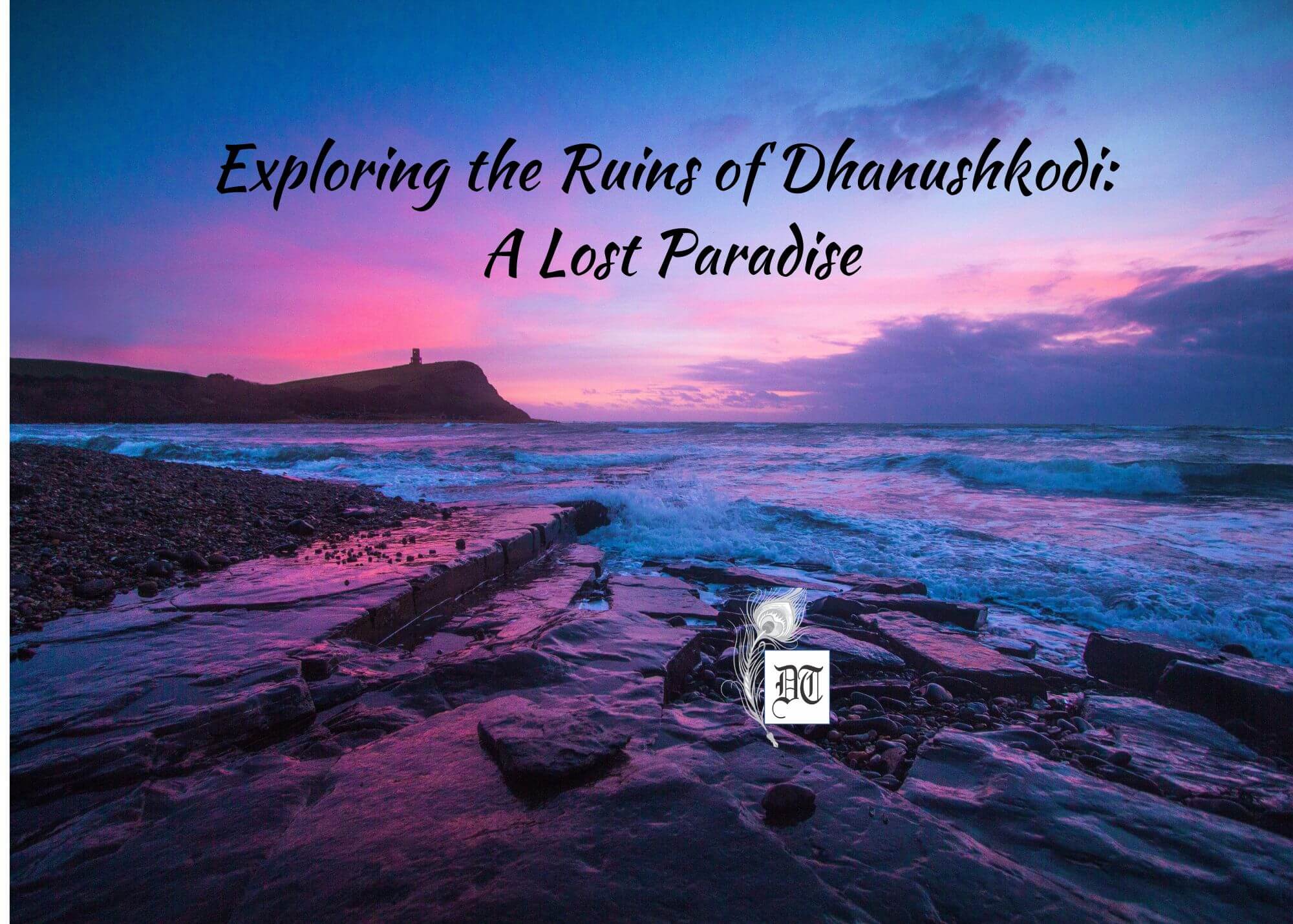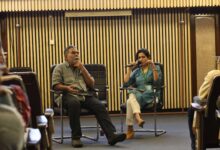Subramanian’s poem explores the desolate coastal landscape, highlighting its historical significance, natural disaster impact, and enduring spirit, exclusively for Different Truths.
Desolate it stretches far and wide.
No jaded root to recall its time of pride
when fertile squares breathed green
dwellers in their mien appeared serene
content to sell their wares in the town
angle their languid way back to shack
live within the realm, recline on their back.
They ignored the sea’s howl and roar
garnered shells on the gold-crested shore.
Shirked fear never divined what’s in store.
Its sanctity had hoary esoteric tale
where Lord Rama’s bow drew a parable.
The canoe glided a gentle swan on the stream,
Chiming temple bells crooned the hymn.
Time stood still, a passive eye to the storm.
And then… came the terrible requiem!
All went into oblivion in a day’s roar,
Maniacal fury scything life, the snowy
froth of memories interred on the shore.
The marooned islet froze into folklore.
Bare, bleached rock looking on in shock.
Passing years winnowed its tears.
Bleak stumps bear the signature of hell.
I watch untested youth frolic on the waves,
oblivious to the islet’s unheard whispers,
evisceration of hundred stories in the mists.
Behind them the husk
of a rusted icon in canvas.
Poet’s Note: Dhanushkodi is a serene, beautiful hamlet; that once had a miniscule population, a revered temple, a post office, a hospital, and a school. In 1964, a terrible cyclone accompanied by tidal waves that rose to 20 feet flattened the flourishing village. All that remains now is desolation all around, but its name is tagged to Lord Rama of Ramayana, who built a bridge across the sea with the help of the monkeys of Kishkinda to rescue his abducted wife, Sita. The very ocean that Rama tamed turned out to devastate a village.
Picture design by Anumita Roy






 By
By
 By
By
 By
By
 By
By